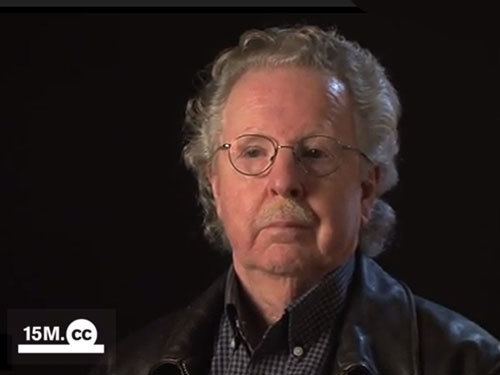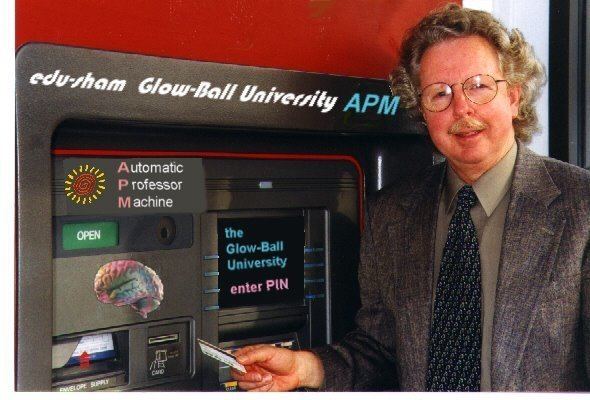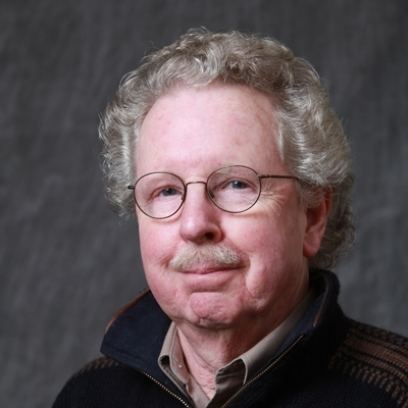Spouse(s) Gail P. Stuart Children 3 | Website [2][3] Name Langdon Winner | |
 | ||
Books The whale and the reactor, Autonomous Technology, La Baleine et le Reacteur | ||
15m cc conversaci n con langdon winner
Langdon Winner (born August 7, 1944) is Thomas Phelan Chair of Humanities and Social Sciences in the Department of Science and Technology Studies at Rensselaer Polytechnic Institute, Troy, New York.
Contents
- 15m cc conversaci n con langdon winner
- Langdon winner tyranny stupidity part 1
- Technology and politics
- Critique of educational technologies
- Selected articles
- Selected books
- References

Langdon Winner was born in San Luis Obispo, California on August 7, 1944. He received his B.A. in 1966, M.A. in 1967 and Ph.D. in 1973, all in political science at the University of California, Berkeley. His primary focus was political theory.

He has been a professor at Leiden, MIT, University of California, Los Angeles and at the University of California, Santa Cruz. Since 1985 he has been at the Rensselaer Polytechnic Institute; he was a visiting professor at Harvey Mudd College (2000) and Colgate University (2001). In 2010 he was a Fulbright Fellow visiting the Universidad Complutense in Madrid.
Winner lives in upstate New York. He is married to Gail P. Stuart and has three children. His interests include science, technology, American popular culture, and theories of sustainability.
Winner is known for his articles and books on science, technology, and society. He also spent several years as a reporter, rock music critic, and contributing editor for Rolling Stone magazine.
Langdon winner tyranny stupidity part 1
Technology and politics
In 1980 Winner proposed that technologies embody social relations, i.e. power. To the question he poses "Do Artifacts Have Politics?", Winner identifies two ways in which artifacts can have politics. The first, involving technical arrangements and social order, concerns how the invention, design, or arrangement of artifacts or the larger system becomes a mechanism for settling the affairs of a community. This way "transcends the simple categories of 'intended' and 'unintended' altogether", representing "instances in which the very process of technical development is so thoroughly biased in a particular direction that it regularly produces results heralded as wonderful breakthroughs by some social interests and crushing setbacks by others" (Winner, p. 25-6, 1999). It implies that the process of technological development is critical in determining the politics of an artifact; hence the importance of incorporating all stakeholders in it. (Determining who the stakeholders are and how to incorporate them are other questions entirely.)
The second way in which artifacts can have politics refers to artifacts that correlate with particular kinds of political relationships, which Winner refers to as inherently political artifacts (Winner, p. 22, 1999). He distinguishes between two types of inherently political artifacts: those that require a particular sociological system and those that are strongly compatible with a particular sociological system (Winner, p. 29, 1999). A further distinction is made between conditions internal to the workings of a given technical system and those that are external to it (Winner, p. 33, 1999). This second way in which artifacts can have politics can be further articulated as consisting of four 'types' of artifacts: those requiring a particular internal sociological system, those compatible with a particular internal sociological system, those requiring a particular external sociological system, and those compatible with a particular external sociological system.
Certain features of Winner's thesis have been criticized by other scholars, including Bernward Joerges. Such criticisms are often narrowly focused upon particular cases in Winner's essays, the height of the bridges built by Robert Moses on the Long Island Parkway, for example, and tend to overlook his general arguments about the interweaving of political institutions and technological devices.
Critique of educational technologies
Over the years a consistent focus of Winner's criticism has been the excessive use of technologies in the classroom, both in K-12 schools and higher education as well.
